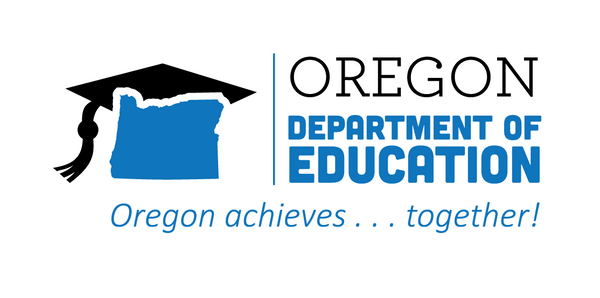By Alex Baumhardt, Oregon Capitol Chronicle
Most Oregon students have not regained ground in key subjects following the COVID pandemic, but steep declines in English language arts, math and science proficiency that occurred during the pandemic are beginning to level off, according to the latest results from statewide assessment tests.
Gov. Tina Kotek said in a news release that the latest results indicate a need for more state investment in afterschool and summer learning programs to help students recover before they leave the public school system.
“These scores show we’re stabilizing, but we can accelerate learning with more out-of-school time investments,” she said.
State education officials declined to say how they would improve results.

An average of 87% of students participated in the annual assessment tests, called Smarter Balanced tests, during the spring of 2023. They are required by state and federal law though Oregon allows parents to opt their children out of testing, according to the state education department. Prior to the pandemic, participation in the tests was closer to 95%. Students were not required to take the tests in 2020, and the state education department scaled back testing in 2021.
On average across the seven grades tested in spring of 2023, student proficiency in English language arts declined by less than 1 percentage point and increased by less than 1 percentage point in math and science compared with the 2022 results. But average proficiency in both subjects remains about 10% below results in 2019.
Overall proficiency in English language arts, which includes reading, writing, speaking, listening and viewing, went from about 53% in 2019 to about 43% in the spring of 2023, and in math, from about 40% to 30% proficiency. The assessments are given in the spring to grades three through eight and 11th grade students.
Of the state’s 197 school districts, 107 tested below the state average in English, and 121 tested below the state average for math proficiency. Oregon’s declines reflect a nationwide trend showing student learning was negatively affected by the pandemic, which included months of online classes.
A big outlier
The state’s largest school district, Portland Public Schools, saw math proficiency improve anywhere from 1% to 4% from the previous year, and both math and English language proficiency among students was about 10 percentage points above state averages. The district’s third and fourth graders returned to or exceeded pre-pandemic English language proficiency levels, and students in grades three through five exceeded or met pre-pandemic levels of about 55% to 60% proficiency.
In a news release, district spokesperson Valerie Feder attributed the gains to new curricula, new professional development and training for teachers, the addition of more full-time instructional coaches for teachers and tutors, reading specialists and more mental and behavioral health specialists in schools.
More assessment needed
At a news conference Sept. 19 before the embargoed release of results, representatives from the Oregon Department of Education did not offer any explanations about the lack of progress in student learning since the pandemic, nor specific targets for improvement in the years ahead.
“This helps us to see the journey that we are on to respond to the impact of a global pandemic, which involves much more complexity, and that takes time,” said Andrea Lockard, the agency’s director of assessment and student reporting.
Peter Rudy, an agency spokesperson, said in an email that the department would prioritize investments in early learning, summer programs and afterschool tutoring in the years ahead.
“The awareness, urgency and effort is in place now,” Rudy said. “We are all in on changing learning for Oregon’s students.”
Charlene Williams, the education department’s interim director, said in a news release that there is more to be done.
“We know that staff and students work hard throughout the school year in so many areas that aren’t reflected in this assessment data,” she said. “The results from a single test do not tell the whole story of education in Oregon; however, they are important indicators that require our attention and more work ahead.”
Students on average in all grades had declines of about 1% or less in English language arts proficiency. While the data appears to show economically disadvantaged students experiencing the steepest declines in proficiency across subjects since the pandemic, the education department said year-over-year comparisons cannot be made because more students were defined as economically disadvantaged during and following the pandemic.
Alex Baumhardt has reported from the Arctic to the Antarctic for national and international media, and from Minnesota and Oregon for The Washington Post. oregoncapitalchronicle.com